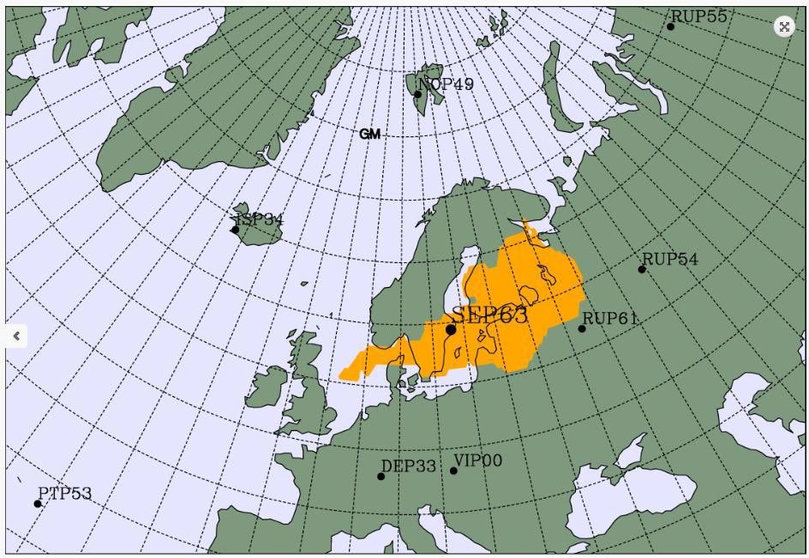Finland's Radiation and Nuclear Saftey Authoritiy (STUK) detected in Helsinki small amounts of radioactive isotopes of cobalt, ruthenium and cesium in air samples collected between 16 and 17 June, according to a press release.
Swedish and Norwegian nuclear authorities have reported findings of similar radioactive isotopes, according to STUK.
Last Friday, the Comprehensive Nuclear Test Ban Treaty Organization (CTBTO) confirmed via Twitter that higher-than-normal amounts of radiation were also detected between 22 and 23 June by its measuring station in Stockholm.
This radiation affects a large area that comprises the southern half of Finland, the Baltic States, southern Sweden, southern Norway and northern Denmark.
The Finnish radiation authority emphasized in its release that the amount of radioactive substances were "very small and the radioactivity has no impact on the environment or any effect on human health."
Russia denies
Following reports, all eyes have turned east.
Finnish newspaper Iltalehti reported Monday that Dutch authorities have said the radiation originated in the western part of Russia and they suggest this kind of isotopes may come from a damaged nuclear plant.
Russia has two important nuclear plants near Finland. One is located in Sosnovy Bor (Gulf of Finland), over 200 kilometres from Helsinki, and the other one is in the Kola peninsula. But the eastern neighbour has denied that the radiation came from its territory.
A spokesperson from Rosenergoatom, who is responsible for the operation of both plants, told they are operating normally and no leaks have been reported, according to the Russian news agency TASS.
Finland's radiation watchdog is currently investigating the origin and the spread of the radiation and is due to publish the results this week.









